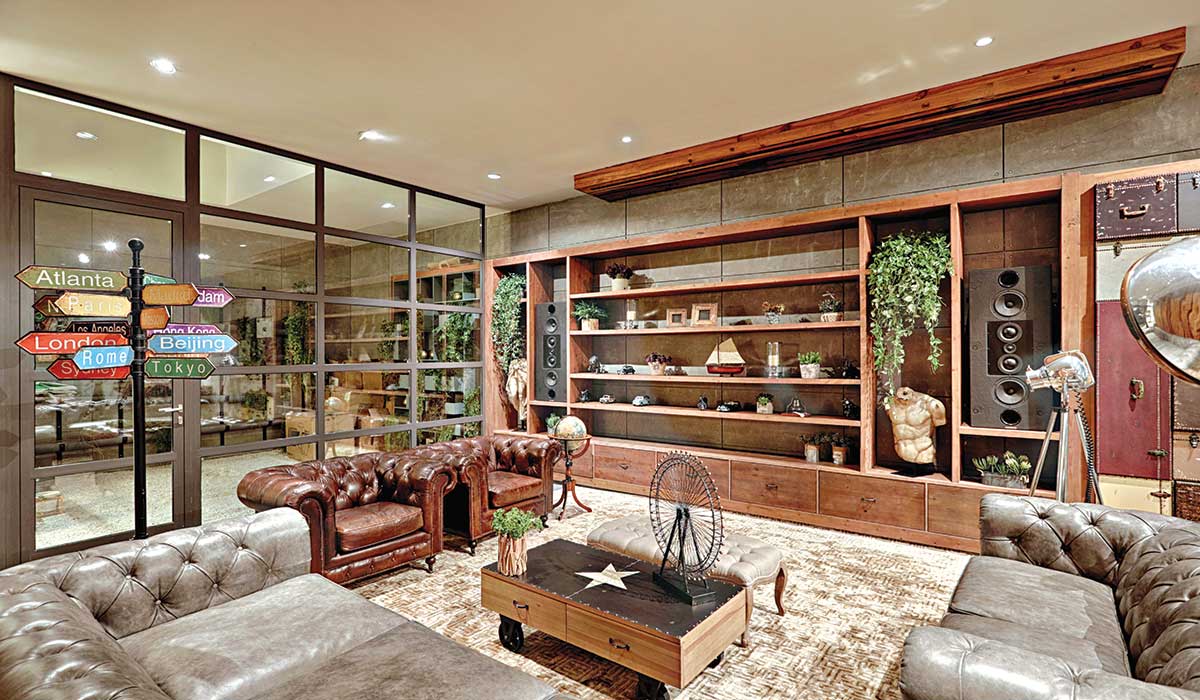
The architectural landscape is alive with new opportunities driven by a confluence of adaptability and innovation. Firstly, demographic shifts and evolving client needs present exciting possibilities. The rise of smart cities demands integrated living spaces, co-working environments, and sustainable infrastructure. Secondly, adaptability is crucial for success. We, as architects, must be nimble to respond to changing regulations, economic forces, and advancements in technology. This adaptability fuels innovation, allowing us to embrace prefabrication techniques for faster, more cost-effective construction with minimal waste. Virtual Reality (VR) is transforming the design process, allowing for immersive client experiences and real-time collaboration. Further, advancements in building materials like recycled steel and bamboo are pushing the boundaries of sustainable and high-performance design.

The synergy between building materials, technology, engineering, and architecture is fundamental to achieving quality, speed, and sustainability. New, high-performance materials like recycled steel and bamboo are pushing the boundaries of design. Engineering software allows for complex structural modelling, leading to safer and more efficient buildings. BIM facilitates seamless collaboration between architects, engineers, and contractors, optimising the workflow in terms of construction processes while also minimising errors. This integrated approach is the future of responsible and efficient construction.
The future of architecture is collaborative, sustainable, and driven by technology. Architects will increasingly act as facilitators, working alongside communities to design spaces that meet societal needs. Sustainability will be paramount with a focus on renewable energy integration and minimal environmental impact. Technology is envisaged to play a vital role with advancements in automation and robotics streamlining the construction processes. Therefore, Indian architecture has a bright future, fostering innovation and creating spaces that are not only functional but also enhance the lives of those who inhabit them.















